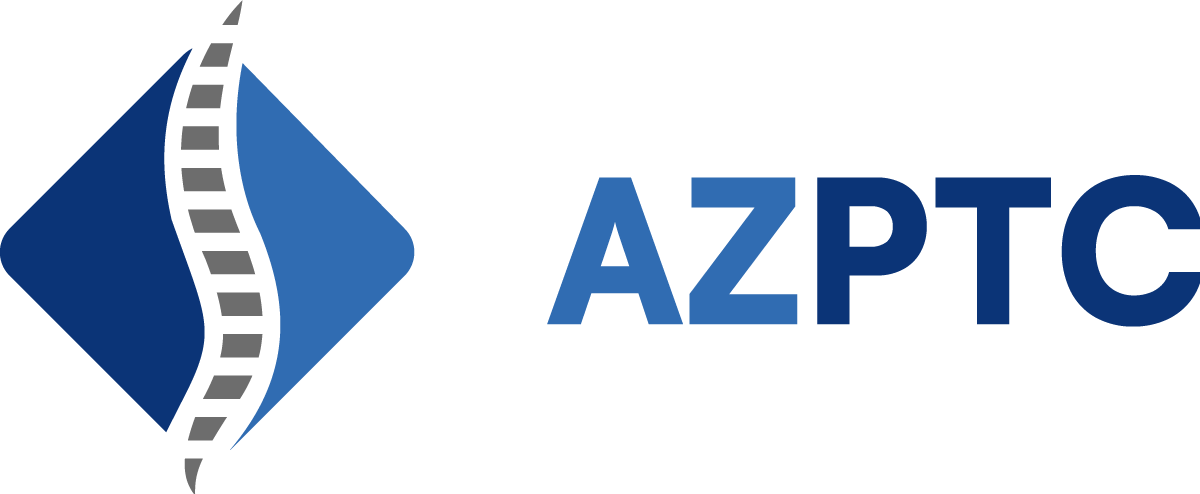Arizona Pain Treatment Centers
CornerLoc
How Can We Help?
CornerLoc
SI Joint Stabilization
Do you suffer from SI joint pain?
A simple procedure may be the answer.
What Is Sacroiliac Joint Dysfunction?
The sacroiliac joints (SI) are the foundation of the spine, located at the junctions of the sacrum and ilium on each side. These complex joints, composed of systems of ligaments and multiplanar joint surfaces, transmit the forces exerted through the spine from the upper body to the legs. The SI joint is designed to absorb shock forces and is naturally constrained to only limited movement. Instability in the SI joint is a major pain generator in some patients.
SI Joint Stabilization CornerLoc™ Patient Animation
This animated patient video walks you through the basics of sacroiliac joint dysfunction, the CornerLoc™ procedure, and what to expect in the days and weeks after the operation. If you have further questions, please contact us.
CornerLoc™ is a posterior approach procedure. It is done via two small incisions in the lower back, which is the shortest and safest route to the SI Joint.
Fast Recovery
With CornerLoc™ the risk of neural and post-operative complications are extremely low. Our unique graft design creates immediate stability within the SI joint.
Significant Pain Relief
Our retrospective data, which is summarized on our News & Events page, is showing excellent SI joint pain reduction and improvement in daily patient function.
Contraindications And Warnings
Contraindications may be relative or absolute. The choice of a particular device or procedure must be carefully weighed against the patient’s overall evaluation.
Circumstances listed below may reduce the chance of a successful outcome:
- Acute or chronic infectious diseases of any etiology and localization
- Morbid obesity
- Signs of local inflammation
- Fever or leukocytosis
- Grossly distorted anatomy due to congenital abnormalities
- Rapid joint disease, bone absorption, osteopenia, and/or osteoporosis (osteoporosis is a relative contraindication since this condition may limit the degree of obtainable correction, the amount of mechanical fixation, and/or the quality of the bone graft) 4.
- Patients having inadequate tissue coverage over the operative site or where there is inadequate bone stock, bone quality, or anatomical definition
- Unsuitable or insufficient bone support, bone immaturity IA
- Patient unwilling to cooperate with the postoperative instructions
- The patient’s activity level, mental condition, or occupation
The patient should be advised not to smoke or consume alcohol during the bone graft healing process. Women of child bearing age should consult their physician to see if fusing the SI joint(s) would impact their ability to experience natural child birth. All surgical operations and procedures carry risks from both known and unforeseen causes. Potential benefits, risks or side effects of the operation or procedure, including potential problems that might occur with the anesthesia to be used and during recuperation should be discussed with Your doctor.
Treatment Cycle and Options
When it is suspected that some or all of the patient’s symptoms could be attributed to Si joint instability, it is recommended to begin with conservative treatment options. Conservative treatment may include physical therapy, chiropractic manipulation, patient specific exercise programs, or bracing. Pain management evaluation and intervention may be the next step, including pain medications or therapeutic injections that may provide some patients temporary relief, but often only work short term. Radiofrequency ablation (RFA) has also been used with some success, but similar to injections, may only provide temporary relief. SI joint stabilization should only be considered after non-surgical interventions have failed to provide a patient with an enduring solution to their pain. Stabilizing the SI joint can provide enduring pain relief.
The CornerLoc™ SI Joint Stabilization Procedure
The CornerLoc™ SI Joint Stabilization System has been specifically designed to achieve optimal stabilization and fusion potential, with minimal surgical invasiveness. After careful preparation of the SI joint, two CornerLoc™ grafts are placed orthogonally within the SI joint, effectively creating immediate joint stability and an ideal environment for fusion. Lateral SI Joint Approach vs. Posterior SI Joint Approach ( CornerLoc™) A number of SI fusion systems are available which use a “lateral approach” (from the side) to drive metal hardware through the deep bed of soft tissue on the side of your hip and across the SI joint. The CornerLoc™ SI Joint Stabilization Procedure is performed using a posterior approach, through two small incisions in the lower back utilizing a short and safe access to the SI joint.
Causes of Si Joint Instability and Pain
- Prior injury or accident
- ArthritisLow back instability or prior low back surgery
- Ligamentous loosening due to pregnancy
The CornerLoc™ SI Joint Stabilization System has been specifically designed to achieve optimal stabilization and fusion potential, with minimal surgical invasiveness. After careful preparation of the SI joint, two CornerLoc™ grafts are placed orthogonally within the SI joint, effectively creating immediate joint stability and an ideal environment for fusion.
Causes of Si Joint Instability and Pain
- Prior injury or accident
- Arthritis
- Low back instability or prior low back surgery
- Ligamentous loosening due to pregnancy
Common Symptoms of Pain Involving the SI Joint
- Low back pain
- Pelvis/buttock pain
- Lower extremity pain
- Hip/groin pain
- Problems sitting, sleeping, or walking
About SACROILIAC (SI) JOINT Instability
The sacroiliac (SI) joints are the foundation of the spine, located at the junctions of the sacrum and ilium on each side. These complex joints, composed of systems of ligaments and multiplanar joint surfaces, transmit the forces exerted through the spine from the upper body to the legs. The SI joint is designed to absorb shock forces and is naturally limited to only minute motion. Instability in the SI joint is a major pain generator in some patients. Although there have been many advances in surgical techniques to address instability problems in the lumbar spine, instability in the SI joint has remained relatively unaddressed, with most patients running out of options once conservative treatments have failed to offer continued relief from painful SI symptoms.
Browse New Procedures
View Additional Treatments
Our Locations
Phoenix
8805 N 23rd Ave., #120 Phoenix, AZ 85021
23rd Ave. and Dunlap Rd.
Clinic Hours:
Mon-Thurs: 7am-5pm
Mesa/Gilbert
4860 E. Baseline Rd., #103
Mesa, AZ 85206
Pierpont Dr. and Baseline Rd.
Clinic Hours:
Mon-Thurs: 7am-5pm
Phoenix
1301 E McDowell Rd., #100
Phoenix, AZ 85006
13th St. and McDowell Rd.
Clinic Hours:
Mon-Thurs: 7am-5pm
Looking For Relief?
Our staff is happy to answer any questions and assist you in achieving the pain-free life you deserve.







